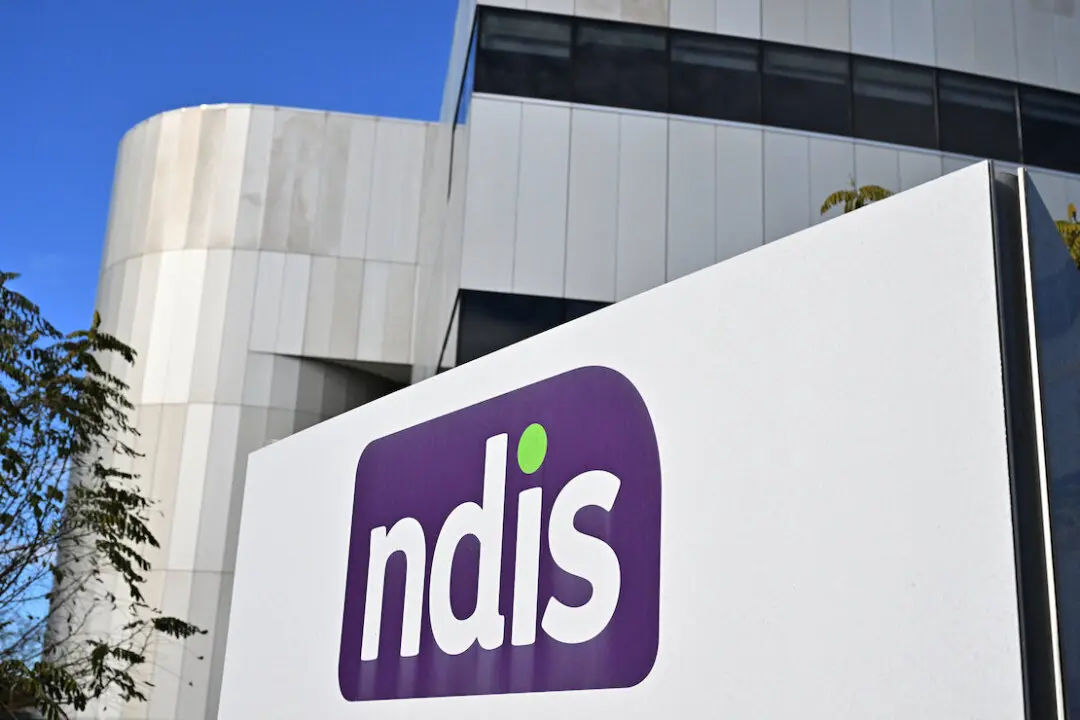Despite moves by Labor to control the cost of Australia’s National Disability Insurance Scheme (NDIS), the program continues to be one of the most expensive programs in the federal budget, surpassing both defence and education.
NDIS is a taxpayer funded program created by Labor in 2013 aimed at covering the cost of disability services and products for Australians.
Yet one of the concerns is the wide ambit it covers, leading to some recipients receiving a broad range of taxpayer-backed services from mowing the lawn to cleaning their home. Further, the number of recipients is also predicted to climb.
As a result, the program’s costs have soared with the Albanese Labor government vowing to get it under control.
The current budget figures predict that by next financial year 2025-26, the NDIS will cost $52 billion, more than the $51 billion allocated to defence, and the $31.1 billion set aside for federal education initiatives.
This year it sits on $48.5 billion.
According to budget estimates, NDIS spending recorded the second-highest annual growth among major government expenditures, trailing only interest payments.
Not just this, NDIS spending is projected to climb to $63.6 billion by 2028-29, further widening the gap between it and other major budget items. By the end of the decade, defence spending is forecast to reach $61 billion.
Graham Young, executive director of the Australian Institute for Progress, criticising the predicted growth of its expenditure.
Policy Changes and Ongoing Challenges
To rein in rising costs, the federal government introduced reforms last year aimed at capping NDIS growth at 8 percent by 2026-27.The latest actuary report projects a decline in the growth rate to 8.4 percent in 2025-26, down from 12 percent this year.
Treasurer Jim Chalmers defended the government’s management of the scheme in his budget address, stating that “structural improvements” had been made.
The government also acknowledged that fraud within the scheme was costing taxpayers an estimated $2 billion annually.
The NDIS Fraud Fusion Taskforce has launched over 500 investigations and referring 50 individuals to court.
Political Reactions and Economic Concerns
The soaring costs have sparked criticism from the opposition, with Shadow Finance Minister Jane Hume arguing that the program remains “out of control.”“The NDIS was growing at 14 percent per annum,” Hume told Sky News on March 23.
“Now, when we went into opposition, the Coalition said to the government that we would work with them to rein in the spending and get it under control. It’s been brought back to around 8 percent, but we think there’s more that can be done.”
When questioned about the Coalition’s specific cost-cutting goals, Hume refrained from naming a figure but said spending should align with the economy’s growth rate.
Chalmers pushed back against this approach, arguing that restricting NDIS funding to GDP growth—currently at just 1.3 percent—would lead to “huge cuts” in disability support.
“That is a very scary proposition,” Chalmers said.
The NDIS has also been a major job creator.







